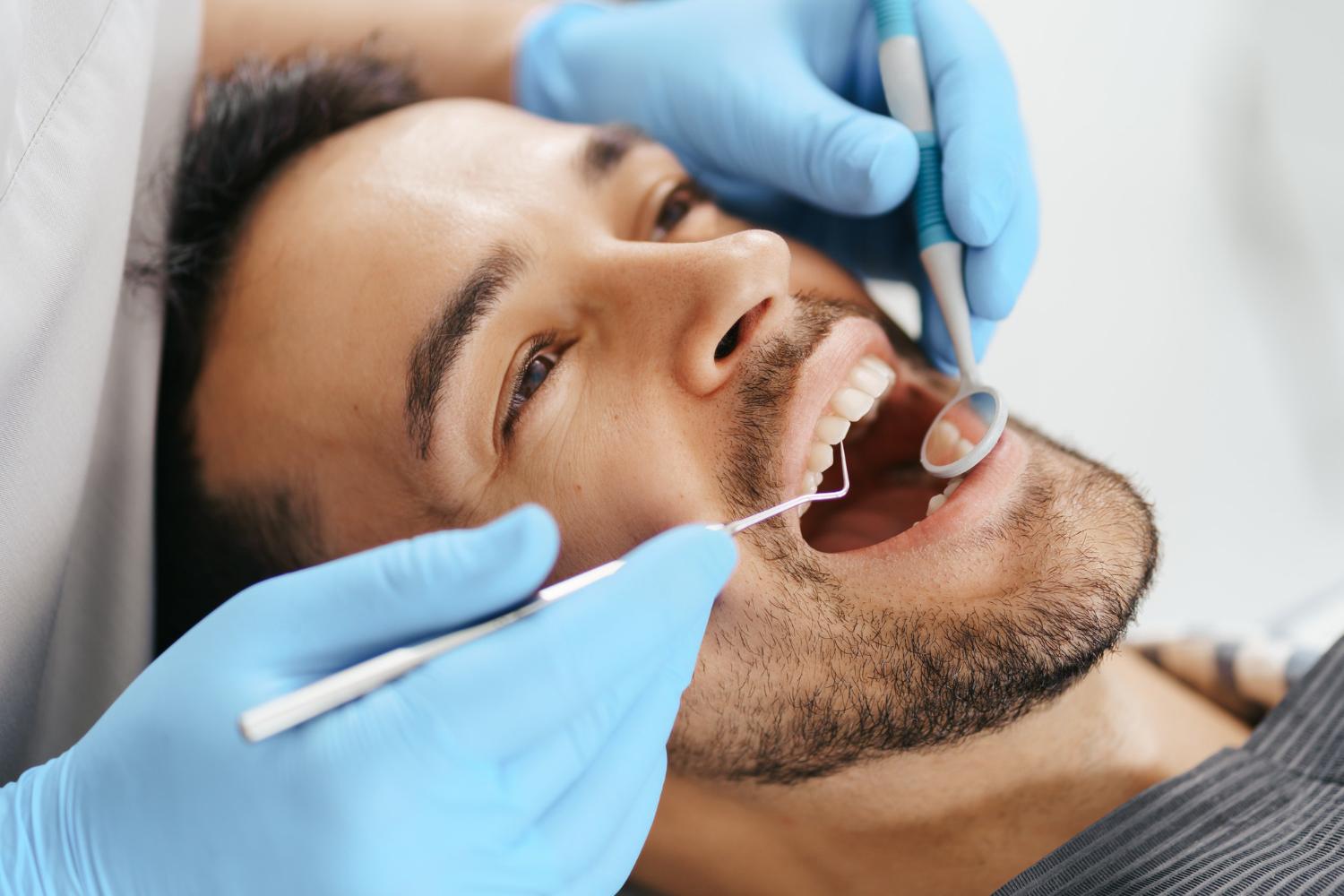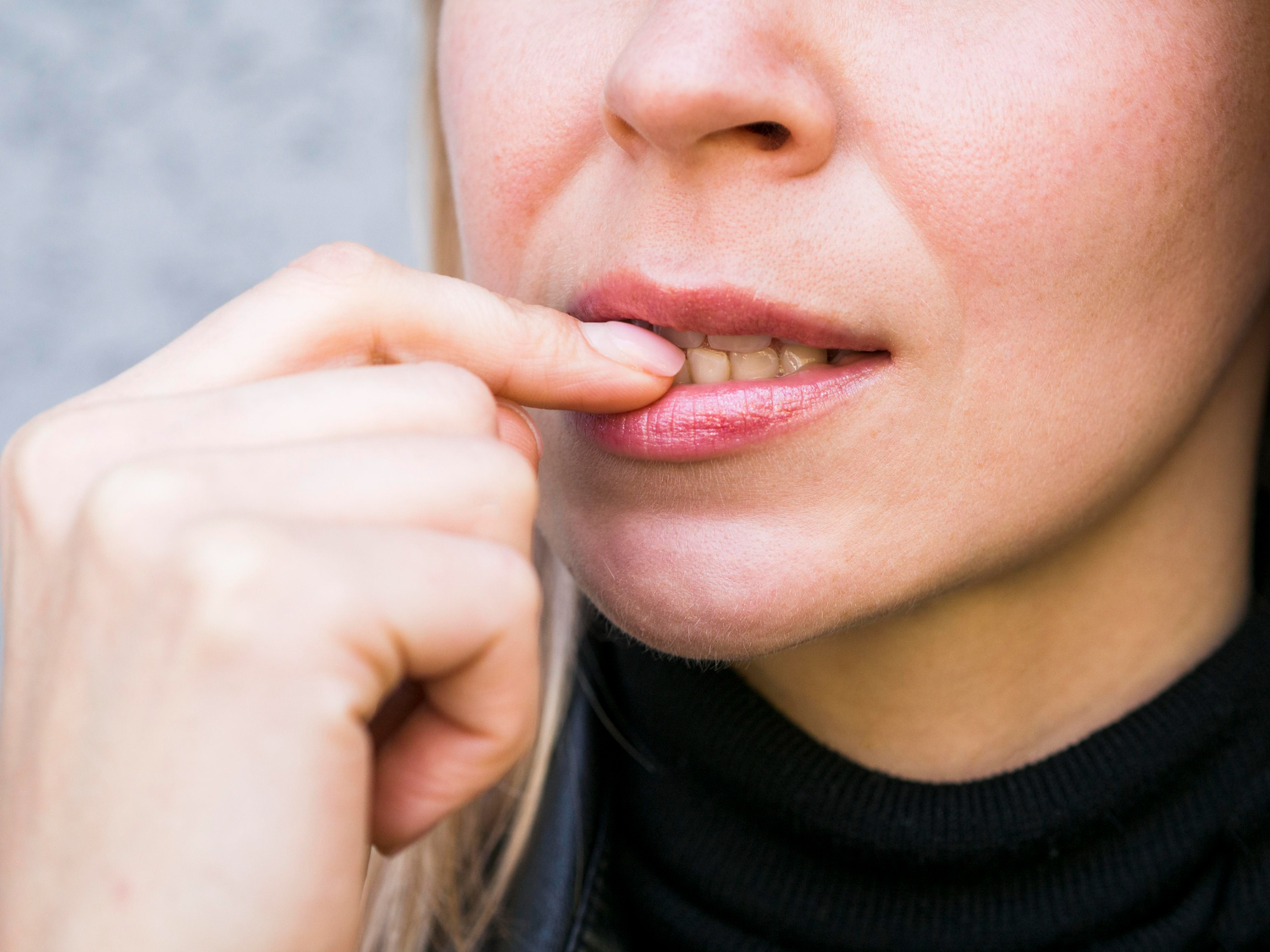Why Your Teeth Have Pain With Temperature
Sipping hot coffee or biting into ice cream shouldn’t feel like a shock to your mouth, yet many people wince from that sudden sting. Temperature sensitivity can make eating or drinking uncomfortable and often hints at underlying dental issues. Understanding what causes that pain helps you prevent it—and treat it before it worsens.
Exposed Tooth Roots React Quickly to Heat and Cold
When the protective layer of your gums recedes or wears away, the roots of your teeth become exposed. Unlike the enamel-covered crown, roots are made of dentin, which is full of tiny tubes that connect directly to the nerves inside the tooth. Once uncovered, these pathways react fast to temperature changes, sending sharp pain signals when you eat something hot or cold. Even breathing in cold air can feel uncomfortable if those roots are left unprotected.
A dentist can reduce this sensitivity by applying fluoride varnishes or bonding materials to cover exposed areas. In some cases, a gum graft may be recommended to restore tissue around the root. Addressing gum health early prevents deeper issues like bone loss or infection. The key is treating both the symptom and the cause—keeping the roots covered and the nerves calm.

Worn Enamel Leaves Nerves Unprotected from Temperature Shifts
Enamel acts as a shield for your teeth. When it wears down, the sensitive dentin underneath becomes vulnerable to temperature changes. Enamel erosion can result from acidic foods, excessive brushing, or conditions like acid reflux. Once the protective surface thins, even mild temperature differences feel amplified. Cold drinks, hot soup, or even brushing can trigger discomfort.
Restoring enamel strength often starts with small changes. Using a soft-bristled toothbrush, switching to fluoride toothpaste, and limiting acidic foods help stop erosion from worsening. Dentists can also apply sealants or composite resins to reinforce weak spots. While enamel doesn’t regenerate naturally, proper care and early treatment keep it strong enough to guard against future sensitivity.
Tiny Cracks in Teeth Let Sensitivity Travel Straight to the Nerve
Hairline cracks in your teeth might not be visible, but they can act like tiny channels for temperature to reach the nerve. These fractures often form from habits like biting hard foods, grinding at night, or using teeth as tools. Each time something hot or cold passes over the crack, the temperature change reaches deep into the tooth, causing that quick, stabbing pain that disappears just as fast.
Cracked teeth require attention before they worsen. A dentist may repair them using bonding materials, crowns, or onlays, depending on severity. Ignoring a small fracture can lead to a deeper split or infection. Regular dental exams help catch these issues early, especially if sensitivity appears suddenly in a specific spot. Repairing the structure not only relieves pain but also protects the tooth from further stress.

Receding Gums Uncover Areas That Respond Sharply to Temperature
Gum recession happens gradually, often without obvious signs until sensitivity appears. Brushing too hard, gum disease, or genetics can cause gum tissue to pull away from the teeth, exposing the dentin beneath. When that happens, temperature shifts reach the nerves directly. You might notice discomfort while brushing or a zapping pain when drinking cold water.
Treatment depends on how far the gums have receded. Mild cases may be managed with desensitizing toothpaste or fluoride treatments, while advanced cases benefit from gum grafting procedures. Improving brushing technique and addressing early gum disease also prevent further tissue loss. Healthy gums act as insulation for your teeth—protecting both comfort and appearance.
Tooth Decay Creates Openings That Trigger Sharp Thermal Pain
Cavities do more than damage your tooth’s surface—they open pathways straight to the nerve. When bacteria erode enamel, tiny holes form, allowing hot and cold sensations to penetrate the tooth. The deeper the decay, the more intense the pain becomes. You might notice it first as mild sensitivity, which escalates into throbbing discomfort if left untreated.
Treating decay early stops this process in its tracks. A dentist removes the damaged area and fills it to seal off exposure. More advanced decay may need a crown or root canal to restore function and eliminate pain. Preventive care—like regular cleanings, reduced sugar intake, and fluoride treatments—keeps decay from starting in the first place. Once the surface is repaired, the tooth can return to pain-free normal.
Loose Fillings or Crowns Allow Air and Liquid to Reach the Dentin
Fillings and crowns protect damaged teeth, but over time they can loosen, crack, or wear away. When this happens, gaps form between the dental work and the natural tooth, letting air and liquid seep in. The exposed dentin beneath reacts sharply to temperature changes, creating that sudden jolt when you take a sip of something cold. It’s easy to confuse this type of pain with a new cavity, but the problem often lies in the old repair.
Replacing or resealing the restoration solves the issue. A dentist will inspect the area, remove the compromised filling or crown, and apply a new one for a snug fit. This not only stops temperature sensitivity but also prevents bacteria from entering the tooth. Routine dental checkups catch these small issues before they cause bigger problems.

Grinding Habits Wear Surfaces That Expose Temperature Pathways
Grinding your teeth, especially at night, can flatten or crack the enamel. Over time, this repetitive motion wears away the protective layers, exposing the dentin. The result is sensitivity to both hot and cold foods, often accompanied by soreness in the jaw or headaches upon waking. Many people don’t even realize they grind until the symptoms show up.
A custom night guard can protect the teeth from further wear while relieving jaw pressure. Dentists may also suggest reshaping or bonding worn areas to restore structure. Addressing grinding habits not only reduces sensitivity but also prevents enamel loss and bite misalignment. Catching it early means preserving more of your natural tooth surface.
Gum Infection or Inflammation Increases Reaction to Hot and Cold
When gums become inflamed from infection or periodontal disease, the tissues that support your teeth weaken. This inflammation makes the nerves more reactive, so even mild temperature changes feel exaggerated. Swollen, tender gums combined with sensitivity often signal bacteria buildup beneath the surface. Ignoring these signs can lead to deeper infection and even tooth loss.
Treating gum infection starts with professional cleaning to remove plaque and tartar. In more advanced cases, scaling and root planing help smooth the roots and encourage healing. Good oral hygiene, balanced nutrition, and consistent dental visits maintain gum health long-term. Once inflammation subsides, sensitivity often fades as well.
Regain Comfort and Confidence in Every Bite with Lumina Dental—Your Path to a Pain-Free Smile Starts Here
Living with temperature-sensitive teeth can turn simple pleasures like ice cream or coffee into daily challenges. The good news is that sensitivity is treatable, and with the right care, you can enjoy your favorite foods without flinching. Whether it’s enamel wear, gum issues, or hidden cracks, professional attention brings relief and protects your long-term oral health.
Lumina Dental provides advanced care for sensitive teeth, using precise diagnostics and personalized treatment to find the exact cause of discomfort. Our team combines gentle techniques with modern technology to restore comfort and confidence in your smile. If you’ve been avoiding hot drinks or cold treats, it’s time to take action. Contact us today to schedule an appointment and start your journey toward lasting relief and healthier teeth.











